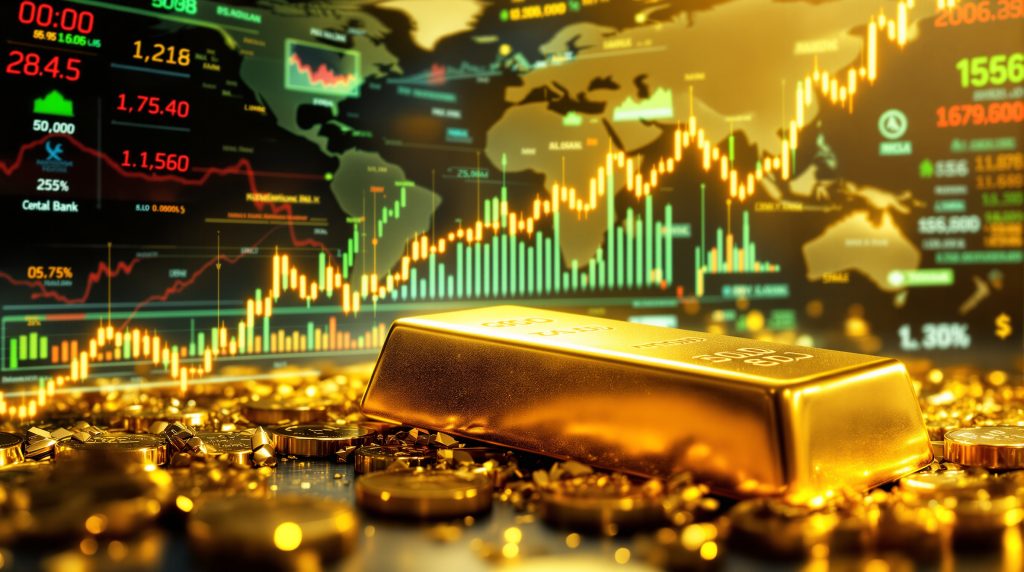Gold’s Record-Breaking Momentum in Uncertain Times
Gold has once again proven to be the cornerstone of financial security as its price climbed beyond $4,000 per ounce, marking a new historical peak. This milestone comes during a period of widespread economic anxiety fueled by geopolitical tension, government spending deadlocks, and an unstable global trade environment. The upward trajectory is not only a reflection of investor sentiment but also the tangible shift toward long-term risk aversion.
Unlike speculative tech assets or volatile digital currencies, gold’s enduring stability continues to appeal to both institutional and retail investors. Central banks have steadily increased their gold reserves, collectively purchasing over 1,000 metric tons annually since 2022, signaling a broad diversification away from U.S. Treasuries. This global accumulation trend emphasizes the diminishing confidence in fiat currencies and the increasing importance of tangible assets as hedges against inflation and market corrections. To explore global gold market trends, visit the World Gold Council.
Why Investors Are Turning Toward Gold Again
Investor psychology plays a vital role in this rally. When confidence in stock markets wavers, gold’s intrinsic value becomes more appealing. The latest surge has been driven by a combination of factors, including expectations that the Federal Reserve will lower interest rates, the declining strength of the U.S. dollar, and the recent slowdown in economic growth across major economies.
Gold’s performance has also benefited from central bank policies aiming to stabilize domestic currencies amid a rapidly changing global economy. In an era dominated by artificial intelligence and speculative tech growth, gold offers a form of stability rarely found in financial markets today. Some investors are moving beyond physical ownership, channeling their funds into Exchange-Traded Funds (ETFs) backed by gold, which have attracted more than $64 billion this year.
The Long-Term Outlook for Gold and Market Implications
While gold’s recent climb might seem reactionary, many experts believe its strength is structural rather than temporary. Central banks, particularly in Asia and Eastern Europe, continue to view gold as a long-term strategic reserve asset. The trend reflects a broader rebalancing of global power, where countries are reducing dependence on the U.S. dollar and diversifying into hard assets that maintain purchasing power across generations.
Furthermore, the continued investment by private individuals, institutional funds, and national reserves signals that gold’s role as a safe haven remains intact despite short-term market corrections. If inflation resurges or interest rate cuts accelerate, gold could experience further gains in 2025 and beyond.
For more insights into inflation and market dynamics, visit the International Monetary Fund (IMF) and the U.S. Treasury Department.
As the financial world braces for another year of potential volatility, gold stands as a testament to timeless value—a tangible asset that, even in the age of artificial intelligence and digital finance, retains the power to anchor global wealth and confidence.







